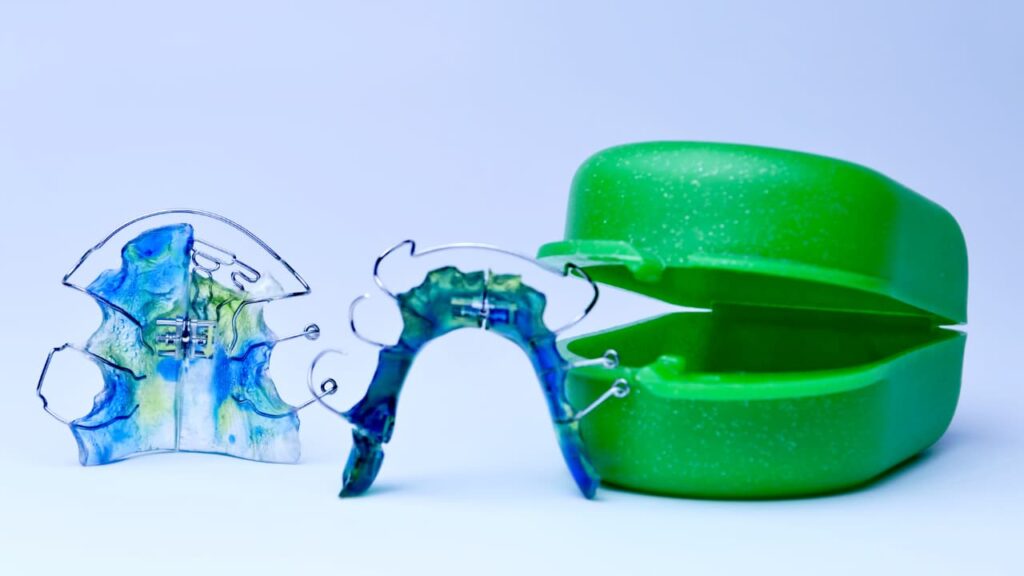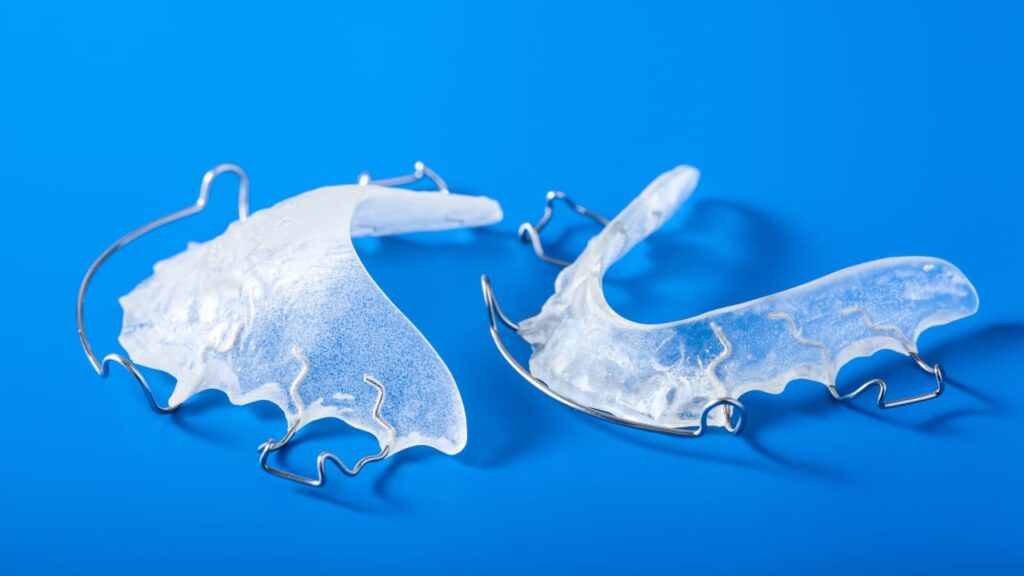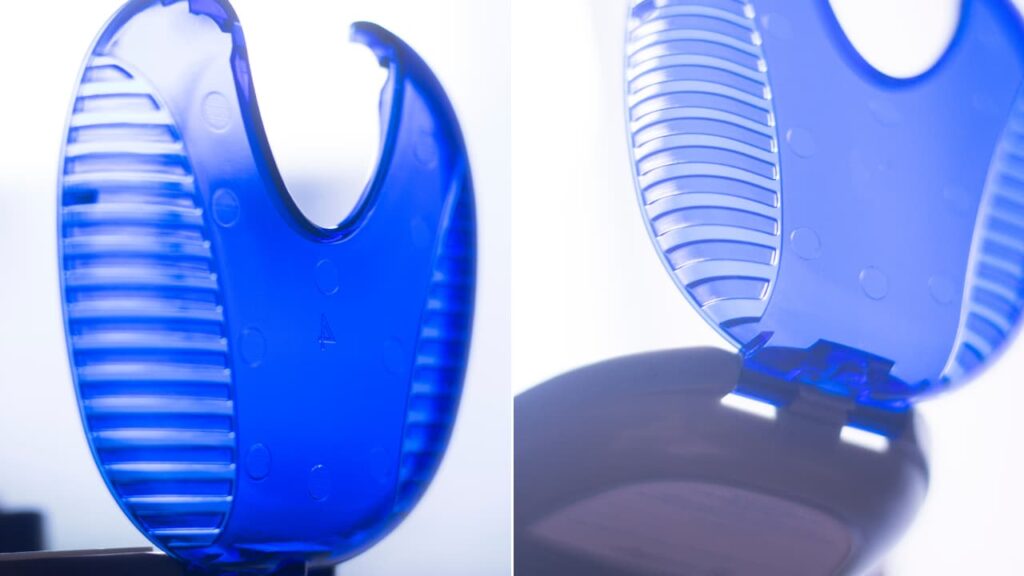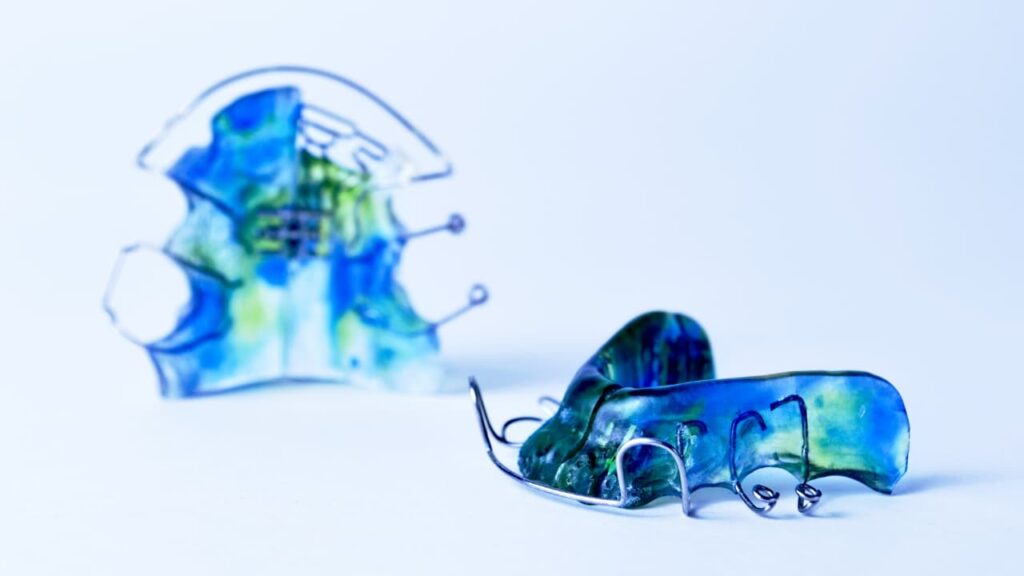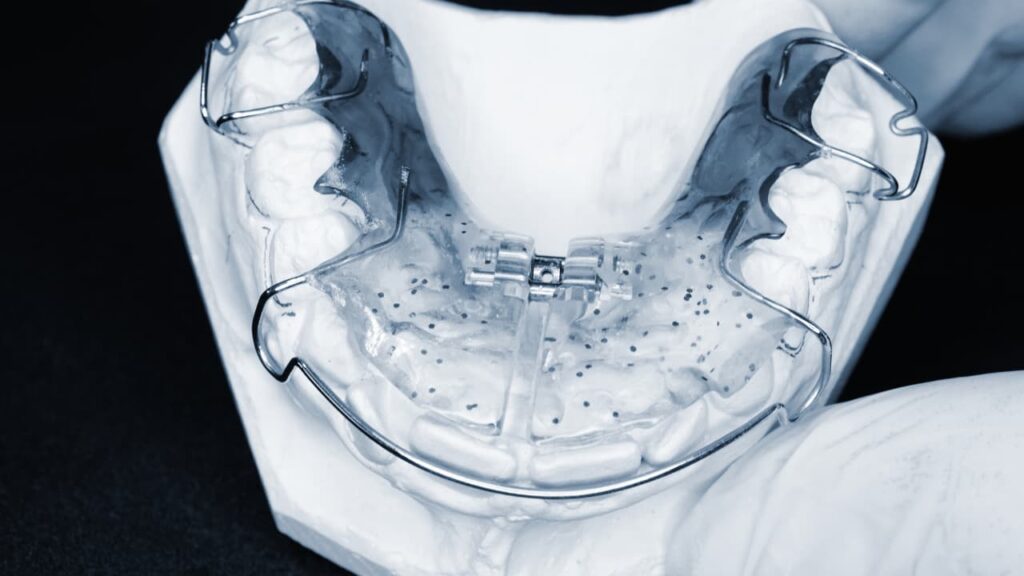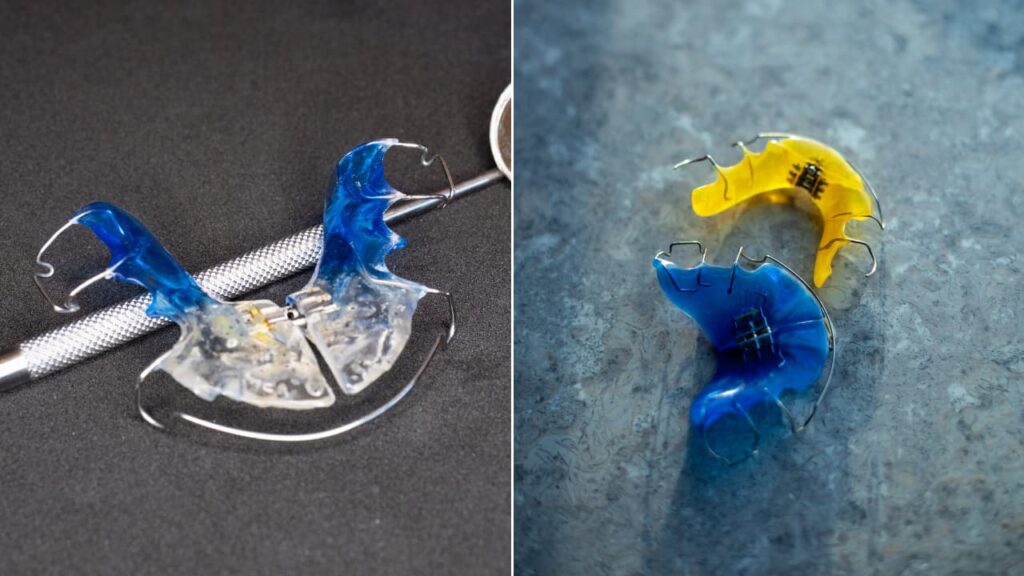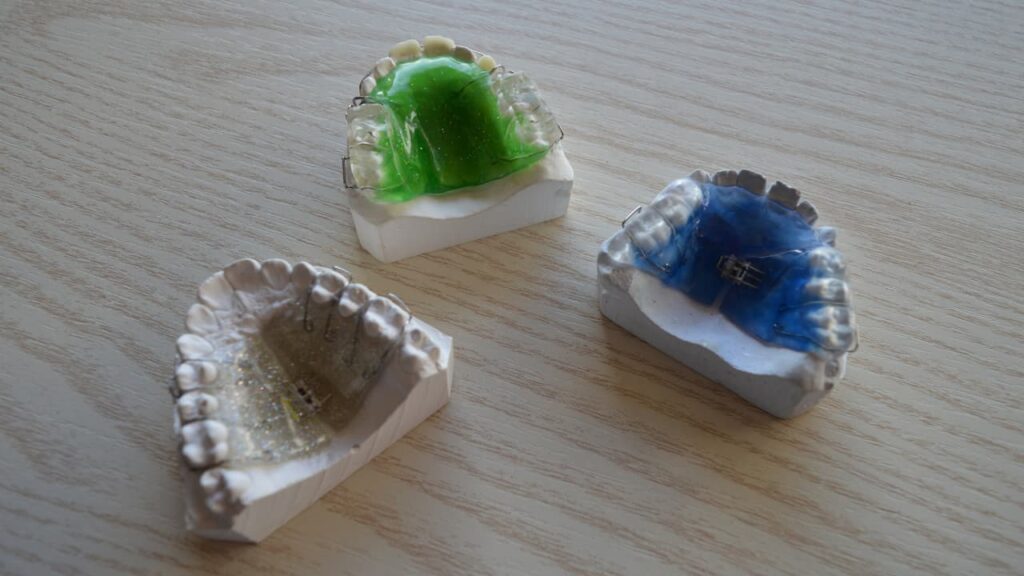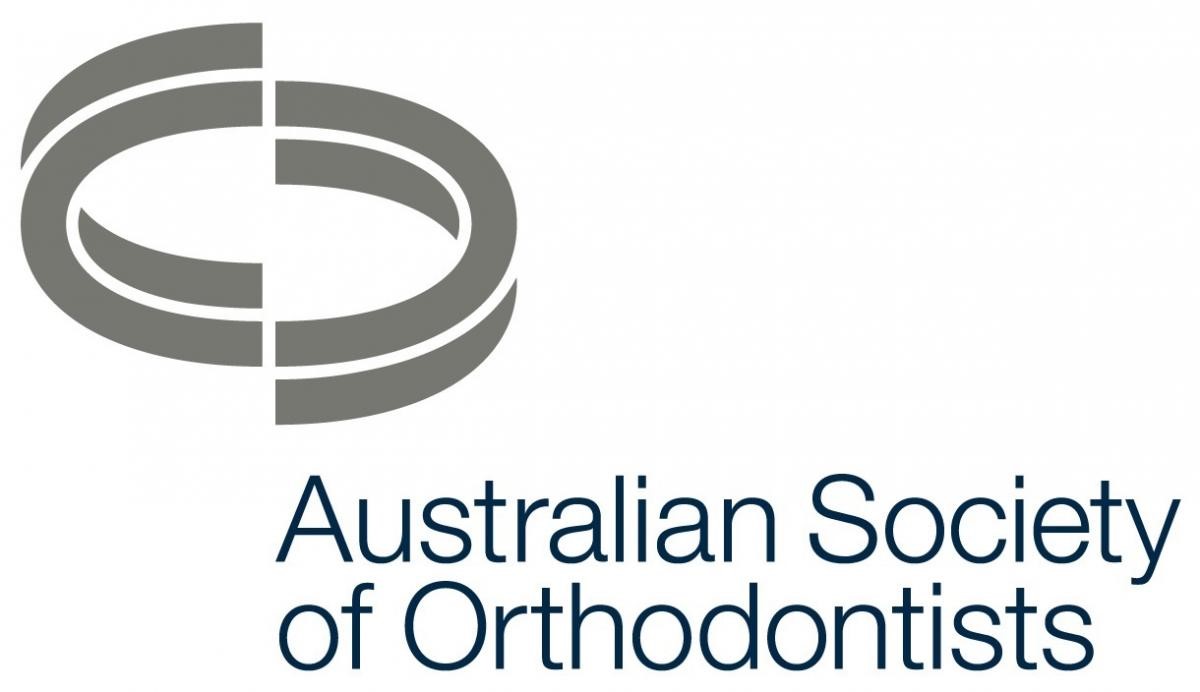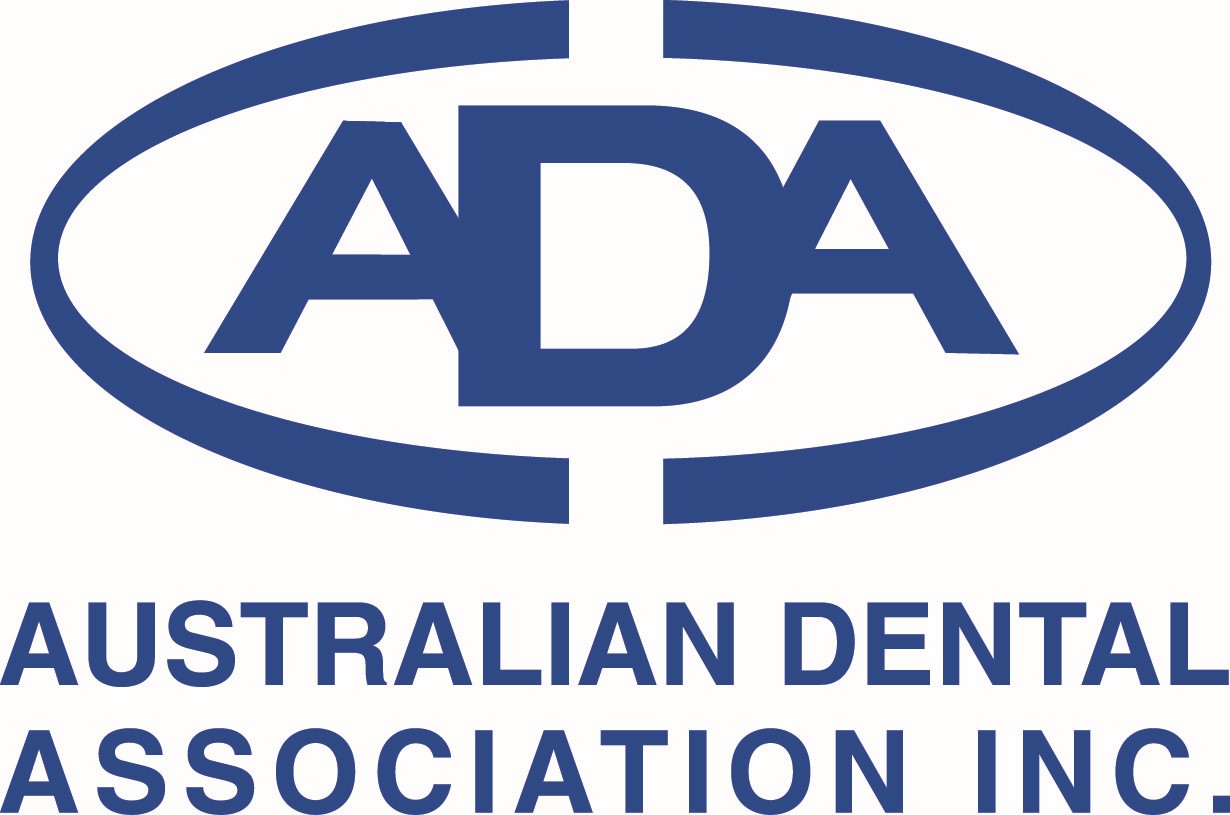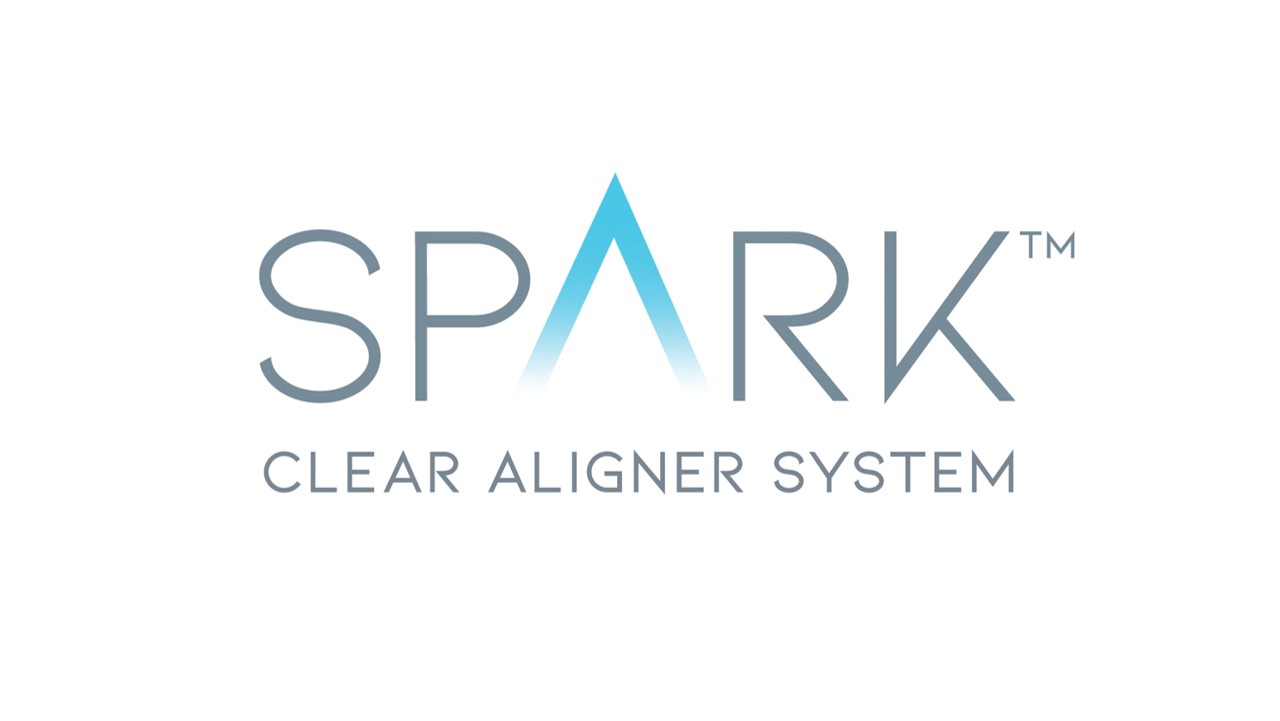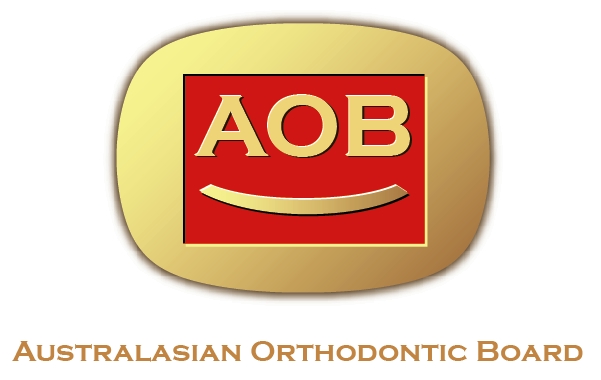Caring for Your Orthodontic Plate: Cleaning & Maintenance Tips
There are a variety of reasons why your orthodontist might recommend wearing an orthodontic plate — from guiding jaw growth in children to correcting minor tooth movement to maintaining alignment after braces. It is important to take care of these orthodontic tools through routine maintenance to prevent damage and bacterial growth.
This guide will cover orthodontic plate care tips and everything you need to know about storing and handling your orthodontic plate, based on advice from an Australian orthodontist.
Why Caring for Your Orthodontic Plate Matters
The human mouth harbors a range of microscopic lifeforms, ranging from 20-100 billion bacteria. They are mostly harmless, but some can contribute to certain oral health issues.
If you’re wondering, “what happens if I don’t clean my orthodontic plate?”, bacteria and food particles can build up in them. The orthodontic plate sits directly against your gums, palate, and teeth.
If you don’t clean it properly, the appliance quickly becomes a breeding ground for harmful bacteria. Neglected plates lead to gum irritation, bad breath, tooth decay, or oral infections like thrush.
And another thing: Can orthodontic plates break if not cared for?
Yes, they can. Acrylic and metal parts are prone to warping or cracking if exposed to heat, dropped, or used while eating. Broken plates often don’t fit correctly and may delay your treatment progress.
How to Clean an Orthodontic Plate (The Right Way)
Everyday cleaning keeps your plate safe to wear and your mouth fresh. Here are orthodontic plate maintenance tips to help you do it properly.
Step 1: Rinse the orthodontic plate after use
Whenever you take your orthodontic plate out, you must rinse it with lukewarm water. This removes debris and loosens any plaque that might be stuck to the orthodontic plate. Never use hot boiling water as it can warp the plastic and ruin the fit.
Step 2: Use a soft toothbrush to clean the orthodontic plate
Clean the orthodontic plate the same way you would brush your teeth, but avoid toothpaste. Toothpaste contains abrasives that can damage the plate’s surface and leave scratches, thus leading to bacteria build-up over time.
Instead of a toothpaste, use a mild dish soap or a cleaning tablet recommended by your orthodontist.
Step 3: Let the orthodontic plate dry completely
After wetting and cleaning the orthodontic plate, it’s important to let it dry out fully. This prevents rapid bacterial growth. Typically, your plate will take 15-30 minutes to dry.
Step 4: Store your orthodontic plate in an orthodontist-approved case
Your orthodontic plate should be stored in a case. And make sure you don’t store this case in the bathroom as the humidity and steam can cause the plate to change the shape.
A better storage environment for your orthodontic plate is in your bedroom or anywhere that’s completely dry and well-ventilated.
Step 5: Do a deeper clean once or twice a week
Every week, make sure to give your orthodontic plate a deep clean. You can do this with an over-the-counter denture cleaner — a mix of vinegar and hydrogen peroxide or by combining mouthwash and water. Never leave your orthodontic plate soaking for over an hour as this can damage its material.
How often should I clean my removable plate?
Clean it every day. Ideally, clean it when brushing your teeth at night, and if you’re feeling unwell, increase cleaning frequency to prevent bacteria and viruses from lingering on the orthodontic plate.
What happens if I leave my plate out of water?
It’s a myth that you need to soak the orthodontic plate in water when it’s not being used. In fact, modern orthodontic plates can dry out safely — just keep them in a clean case, away from sources of heat or pets.
Additional Storage Tips to Keep Your Plate Safe
When it’s not in your mouth, your orthodontic plate must stay in a clean, dry, and safe place.
- Keep it stored in its ventilated case.
- Don’t wrap the plate in tissue or leave it out on counters.
- Rinse the case regularly with soapy water to avoid mould or bacteria.
What Not to Do With Your Orthodontic Plate
Even though the orthodontic plate is removable, it’s not created for all-day wear in all situations. It is not advisable to eat with your plate in, as this can bend wires, crack the acrylic, and trap food. Always remember to remove it during meals and rinse it before putting it back in. This protects the plate and your teeth.
If you’re wondering if you can drink liquids with an orthodontic plate in your mouth, you absolutely can, but only water. Anything sugary or hot can stain the plate or distort its shape. Soft drinks, juice, hot coffee or tea, or milkshakes should be avoided while the plate is in.
When to Call Your Orthodontist About Caring For Your Orthodontic Plate
Plates can lose their fit, break, or become uncomfortable to wear over time. Don’t hesitate to contact your orthodontist when:
- The plate feels too tight or too loose
- You spot any cracks or discolouration
- It causes rubbing, discomfort, or ulcers
- Cleaning doesn’t remove debris or plaque buildup
If you’re located in Sydney, you can book a visit at the Orthoworx clinic in Zetland or Chatswood for a quick check-up or replacement.
More Orthodontic Plate Care Tips for Kids, Teens, and Adults
Orthodontic plates can be made for people of all ages. No matter your age, daily care is key to proper orthodontic plate maintenance. However, routines may vary a little between different age groups.
For kids, parents should supervise cleaning and ensure the plate is stored properly both at school and at home. For teens, it’s a little easier. Encourage them to use a travel case and set reminders for regular plate cleaning.
Plate care for adult wearers is similar to retainers — just don’t forget the weekly deep clean.
Can adults use orthodontic plates?
Yes, absolutely! Orthodontic plates may be prescribed to adults to fix minor teeth crowding issues, prepare for further dental work, or maintain results after braces. The orthodontist will assess whether a plate is needed and suits your needs.
Keep the Orthodontic Plate Clean and Keep It Working
Orthodontic plates are a key part of an individual’s dental treatment plan. Keeping the plates clean, safe, and intact makes all the difference. All it takes are daily cleaning and maintenance habits to avoid delays on the treatment plan and keep your mouth healthy at the same time.
Need help or not sure if you’re doing it right? Reach out to a professional team or oral therapists and Dr. Eugene Chan for advice, replacement cases, or professional cleaning support.
Contact Orthoworx for professional advice and more dental plate cleaning tips.




